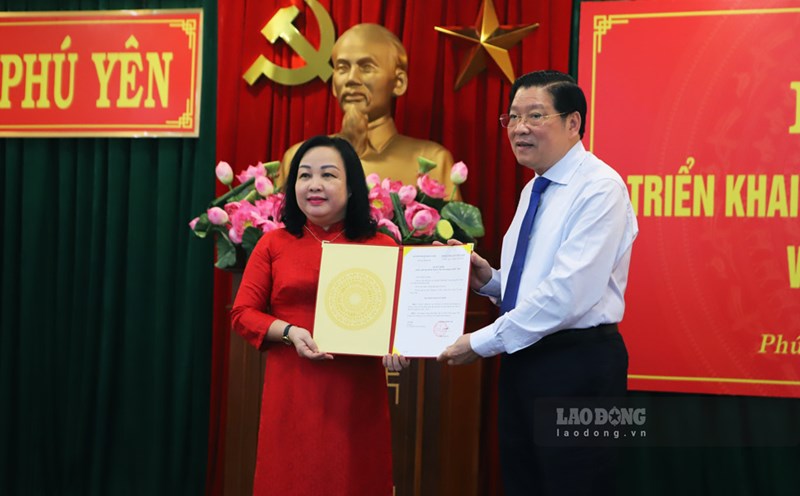The US Joint Typhoon Warning Center (JTWC) said that on March 23, a large area of turbulent weather in the southeastern part of Mindanao, Philippines, was linked to a low pressure trough and a low pressure area.
However, high-altitude wind conditions are not favorable for the development of this system.
It is forecasted that in the next few days, the disturbance will move slowly and unstably northward. By March 24, the system will interact with a monsoon trough, leaving almost no chance of further development.
The JTWC assessed the possibility of the low pressure strengthening into a storm in the next 7 days at a low level, only 10%.
Meanwhile, the Philippine Atmospheric, Geophysical and Astronomical Services Administration (PAGASA) forecasts that few storms will form in the Philippines in April.
According to PAGASA, April is the time of Probability for low typhoon formation in the Philippine Forecast Area (PAR). However, when storms appear, they often go in four main directions:
Formed in the West Pacific, it entered the PAR but then changed direction to southern Japan.
Formed in the Western Pacific, it entered the PAR and changed direction to Japan.
Forming in the Western Pacific, entering the PAR, sweeping across the central Philippines, then heading towards Japan.
Forming in the Western Pacific, entering the PAR, sweeping through the central Philippines, then moving towards Vietnam.
Although there are few strong storms in April, PAGASA recommends that people still need to closely monitor to respond promptly to extreme weather situations.











